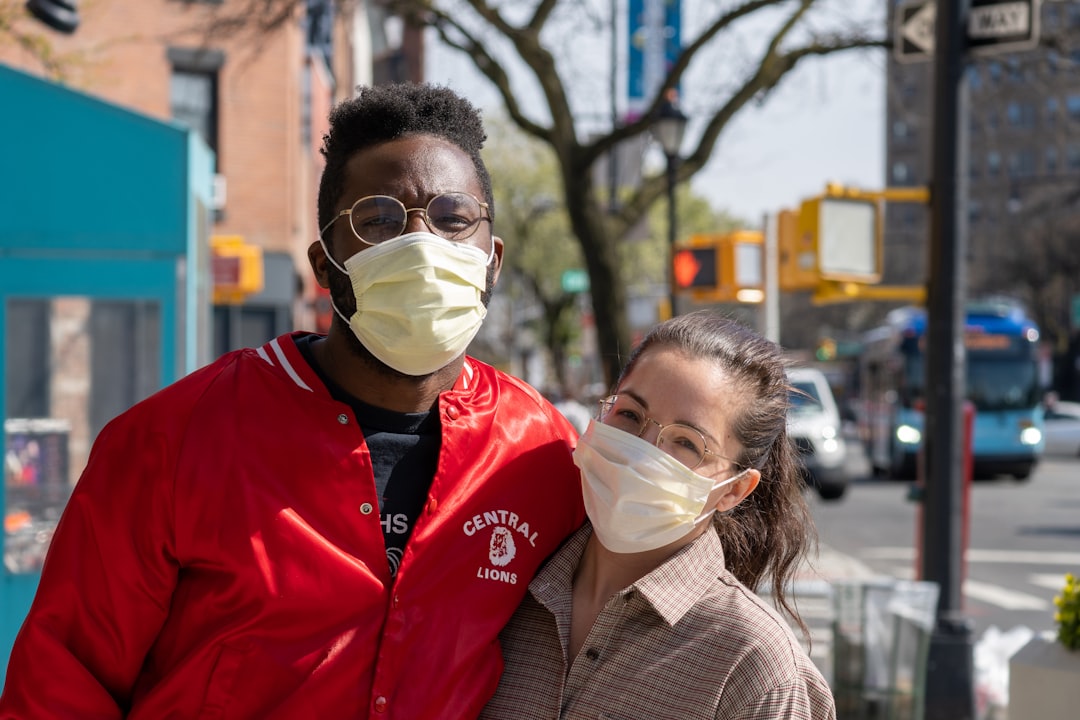What is it about?
As public awareness of environmental hazards increases, a growing concern for corporations is the potential negative environmental impact of their products and the chemicals these products contain. In this study, we analyze the optimal decisions of a firm when a substance of concern is identified within its product. Although the substance is not currently regulated, regulation may occur in the future. Therefore, the firm must devise a strategy for the development and implementation of a replacement substance.
Featured Image
Why is it important?
We find that as long as a threat of regulation exists, a firm should always dedicate resources toward developing a replacement substance. However, it is not always optimal for a firm to implement a developed replacement. Furthermore, the competition between firms can offset a low chance of a shift in consumer perception about a substance and compel firms to replace; however, competition can also lead to inefficient outcomes in which firms incur avoidable costs to implement ahead of potential regulation.
Read the Original
This page is a summary of: Replacement Decisions for Potentially Hazardous Substances, Production and Operations Management, April 2013, Wiley,
DOI: 10.1111/poms.12021.
You can read the full text:
Contributors
The following have contributed to this page










